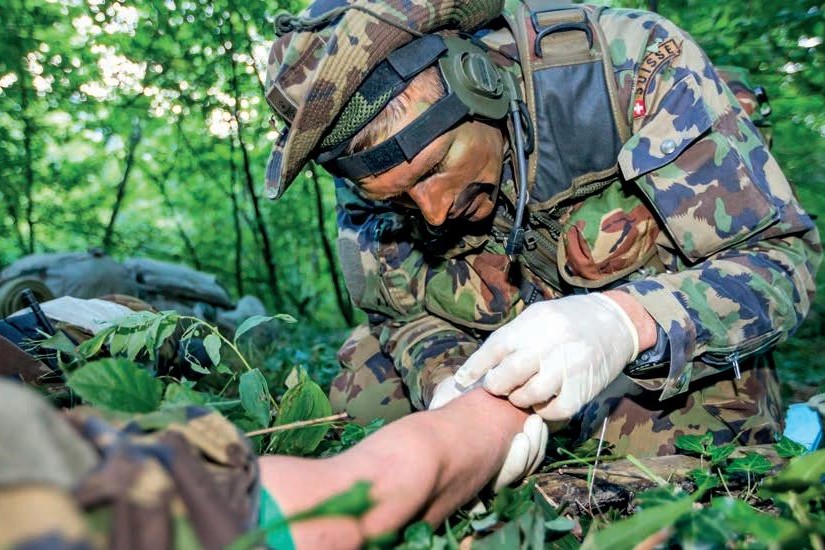
Biological and chemical agents in warfare: knowing and recognising them for appropriate health intervention
Biological warfare refers to the use of microbiological and chemical agents for hostile purposes. Such use is banned by international law but has become topical again given its use in the war in Ukraine
The main concern is the use of biological agents as weapons of war by terrorist groups and unscrupulous armies
The Centers for Disease Control and Prevention (CDC) has created a priority list for biological agents and toxins (see table High Priority Biological Agents and Toxins according to CDC).
The highest priority agents belong to category A.
The deliberate use of biological warfare agents to cause mass casualties would probably involve the spread of aerosols to infect through inhalation, and thus anthrax and pneumonic plague are the 2 diseases most likely to occur under these circumstances.
Recognition of chemical and biological agents
It can be difficult to distinguish the use of a biological warfare agent from a natural outbreak of the disease.
Clues to the intentional rather than natural origin of a disease outbreak include the following:
- Disease cases not frequently observed in a given geographical area
- Unusual distribution of cases among segments of the population
- Significantly different incidence rates between those inside and outside buildings
- Separate outbreaks in geographically non-contiguous areas
- Multiple simultaneous or serial outbreaks of different diseases in the same population
- Unusual routes of exposure (e.g. inhalation)
- Zoonoses occurring in humans rather than in animals
- Zoonoses occurring first in humans and then in their typical vectors
- Zoonoses occurring in an area with a low prevalence of the typical vector for the disease
- Unusual severity of disease
- Uncommon strains of infectious agents
- Lack of response to standard therapy
Epidemiological investigation of cases and cooperation with law enforcement are essential, as is risk communication to the public.
The clinical manifestation, diagnosis and treatment of patients with diseases caused by high-risk biological warfare agents include the following agents: anthrax, plague, smallpox, tularemia, and viral haemorrhagic fevers.
The management of outbreaks caused by biological warfare agents does not differ from that of natural outbreaks, except that doctors must be prepared for unusual manifestations of antibiotic resistance.
Isolation (of patients) and quarantine (of those who have come into contact with patients) may be necessary.
The most contagious deliberately disseminated diseases are smallpox (for which respiratory precautions are necessary) and pneumonic plague (which requires precautions against aerosols).
Health response to chemical and biological agents used in warfare
Due to the relatively long incubation periods of diseases caused by biological warfare agents, most lives will be saved or lost in hospital settings.
Sufficient supplies of vaccines, antibiotics and antivirals are needed for hospitalised patients and those who have come into contact with them, and systems for distributing these medical countermeasures to individuals in the general population at high risk of exposure are crucial.
Read Also:
Emergency Live Even More…Live: Download The New Free App Of Your Newspaper For IOS And Android
FDA Warns On Methanol Contamination Using Hand Sanitizers And Expands The List Of Poisonous Products
Poison Mushroom Poisoning: What To Do? How Does Poisoning Manifest Itself?
Identifying And Treating Carbon Monoxide Poisoning
Hydrocarbon Poisoning: Symptoms, Diagnosis And Treatment
Mercury Poisoning: What You Should Know
Irritant Gas Inhalation Injury: Symptoms, Diagnosis And Patient Care
Respiratory Arrest: How Should It Be Addressed? An Overview
Smoke Inhalation: Diagnosis And Patient Treatment
Cadmium Poisoning: Symptoms, Diagnosis And Treatment
Ukraine Under Attack, Ministry Of Health Advises Citizens About First Aid For Thermal Burn


